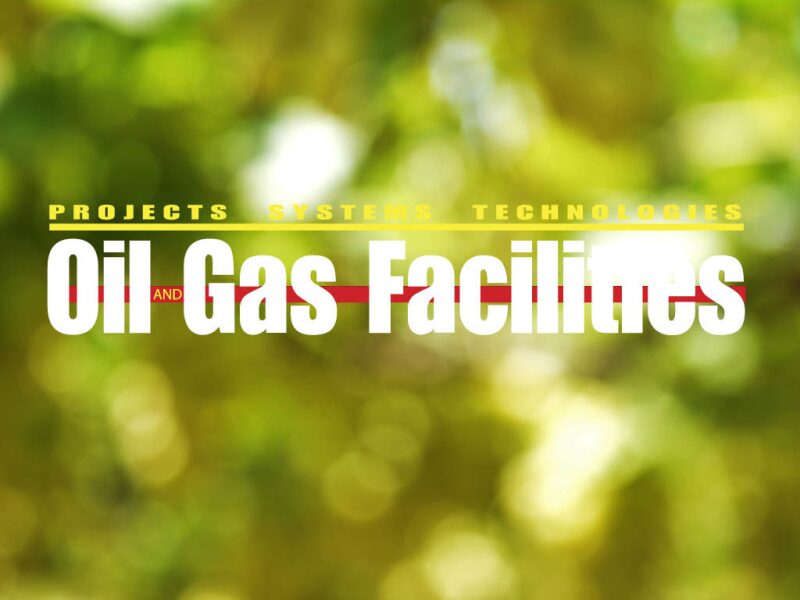Summary
Process-control engineering is a fairly narrow field of study that has used inconsistent terminology among practitioners. Natural-gas-actuated pneumatic-control equipment has recently become a focus area for regulators trying to reduce the quantity of actual pollutants and greenhouse gases released to the atmosphere. The historical use of inconsistent key terms by experts has led to regulations that are at odds with the realities of existing equipment. The intention of this paper is to begin development of a rigorous set of terms and operational classifications that can help create a framework of knowledge consistent with how this equipment functions. Standardization of terminology has benefits for operators, manufacturers, and regulators alike.
Introduction
Both state and federal regulators are finding pneumatic controllers to be a focus area for regulations to reduce air emissions (including methane and volatile organic compounds) from oil-and-gas-industry operations. Definitions and technical descriptions used in regulatory frameworks have sometimes produced misleading and contradictory concepts and have led to confusion regarding pneumatic controllers and their emissions. Pneumatic controllers should be addressed in standard and commonly understood language. The technical review presented in this paper is meant to be used to clarify and standardize the definitions and descriptions of pneumatic controllers and the operational basis for their emissions.
Recent data available through the Greenhouse Gas Reporting Program (GHGRP) (EPA 2013a) and data published in the US National Greenhouse Gas Inventory (EPA 2013b) indicate that natural-gas-operated pneumatic-process controllers appear to be a nontrivial source of methane emissions from upstream oil and gas operations. The GHGRP provides definitions with little guidance for device classification, which is needed to determine the type of regulatory requirements that must be followed. As a result, inconsistent and likely erroneous classification of the pneumatic controllers by operators, researchers, and others may result in inaccuracies and large uncertainties in emissions estimates. In addition, as this paper will show, the classifications used in many regulations in and of themselves have likely resulted in emission factors that are not aligned with the key physical and operational factors that determine actual emissions from pneumatic controllers.
This paper describes consistent and cost-effective methods to categorize and evaluate the magnitude of the emissions from various controllers and shows that the magnitude of exhaust gas of any controller, except continuous-high-bleed controllers, may be too small to provide value in trying to control their emissions.
Read or download the full SPE paper 172505-PA.

